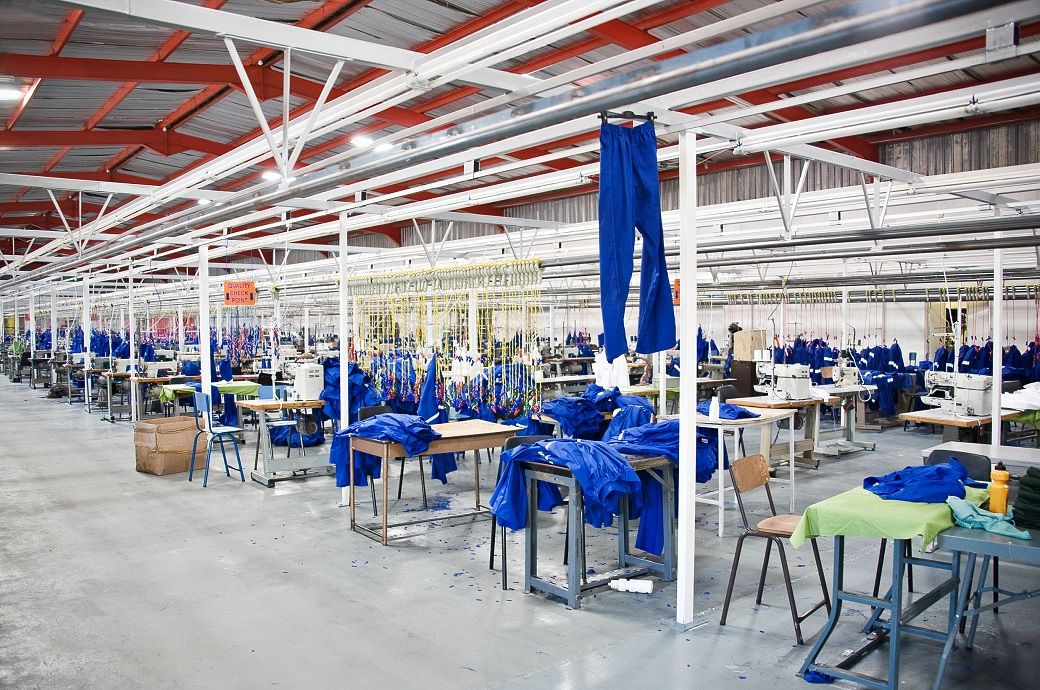
The Hamburg Commercial Bank (HCOB) eurozone manufacturing purchasing managers’ index (PMI) increased for a fourth month running in April, posting a 32-month high of 49 (it was 48.6 in March).
Still below the 50 threshold separating growth from contraction, the headline figure was indicative of a decline that was only marginal overall.
The rate of growth also quickened to its strongest in just over three years, providing further evidence of recovery in the currency union’s industrial economy.
New orders continued to fall, but there was a near-stabilisation of demand as the rate of contraction slowed further.
Softer rates of contraction were also seen for employment, stocks and purchasing activity, but confidence was the weakest in 2025 so far, the rating agency said in a release.
At the country level, the data revealed that Greece had the best-performing manufacturing sector in April despite a slowdown since March.
Ireland followed closely with its fastest improvement in factory conditions for almost three years.
Manufacturing PMI values for the remaining monitored nations were all in sub-50 contraction territory, although the big-three economies of Germany, France and Italy all posted softer reductions than in March.
Slightly quicker declines were recorded in Austria, Spain and the Netherlands, however. There were further signs of recovery in April.
Following a renewed increase in production during March, the eurozone manufacturing sector posted a quicker expansion at the start of the second quarter. In fact, the upturn in output was the fastest in just over three years.
Growth in output was achieved despite a further drop in the volume of incoming new business. demand for eurozone goods nearly stabilised during April, with the HCOB new orders index rising to a three-year high and posting only just below the neutral 50 threshold.
Export markets were the main drag on sales, as new business from overseas shrank at a faster pace than that seen for total new work. Still, the drop in new orders from non-domestic customers was its shallowest since April 2022.
Eurozone factories still demonstrated some reservation with regards to the outlook. For instance, purchasing activity fell further in April, as did both stocks of pre- and post-production items. Rates of contraction cooled in all three cases.
Firms’ expectations for growth meanwhile eased, with confidence dipping to its lowest level in the year-to-date.
Regarding employment, the latest survey data showed a preference among manufacturers to trim headcounts, in line with the trend seen for almost two years. Nevertheless, the rate at which jobs were shed was the softest in ten months, a release from S&P Global Ratings said.
ALCHEMPro News Desk (DS)
Receive daily prices and market insights straight to your inbox. Subscribe to AlchemPro Weekly!